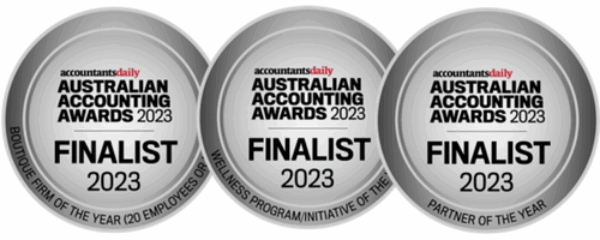Investing in property as an asset class is an excellent method to create meaningful long-term wealth through leveraged returns and passive income. There are generally two types of investment property rental options, short-term or long-term rental agreements. Each have their own pros and cons which we’ve outlined below.
Long-term rental investments
Long-term rental investments involve leasing a property to tenants for an extended period, usually 6 months to several years.
Benefits:
- Stable Income: Long-term rentals offer a consistent monthly income stream, providing financial stability and regular cash flow.
- Lower Vacancy Rates: Long-term rental markets are generally more stable, with lower vacancy rates compared to short-term rentals.
- Fewer Expenses: Long-term rentals often have fewer operational costs, as tenants typically handle utilities and other ongoing expenses.
- Simpler Management: With long-term rentals, property management is generally less time-consuming and requires fewer administrative tasks.
Drawbacks:
- Limited Flexibility: Long-term rentals lack the flexibility to use the property for personal purposes or make changes to rental terms without the tenant’s agreement.
- Potential Bad Tenants: There is a risk of encountering problematic tenants who may cause damage or default on rental payments, requiring legal actions and potential financial losses.
- Slow Rental Adjustments: Adjusting rental rates can be challenging, as leases typically have fixed terms, making it harder to adapt to market fluctuations.
- Slower Cash Flow Growth: While long-term rentals provide stable income, the rate of cash flow growth is typically slower compared to short-term rentals.
Short-term rental investments
Short-term rental investments involve renting out a property for a shorter duration, usually on a nightly or weekly basis, through platforms like Airbnb.
Benefits:
- Higher Rental Income Potential: Short-term rentals often command higher nightly rates, allowing for greater income potential, especially during peak tourist seasons.
- Flexibility and Personal Use: Property owners can use the property for personal holidays while generating income during the remaining time.
- Rental Rate Adjustments: Short-term rentals offer more flexibility to adjust rates quickly in response to market demand, maximising rental income.
- Property Management Platforms: Digital platforms simplify the rental process, handling bookings, guest communication, and property maintenance.
Drawbacks:
- Market Volatility: Short-term rentals are subject to market fluctuations and seasonality, resulting in potential periods of low occupancy and reduced income.
- High Operating Expenses: Property owners are responsible for various operational costs, such as cleaning, maintenance, utilities, and marketing expenses.
- Regulatory and Legal Challenges: Some cities, including Brisbane, have imposed regulations on short-term rentals, requiring permits or limiting rental durations.
- Greater Effort and Time Commitment: Managing short-term rentals can be more demanding, involving continuous guest turnover, property maintenance, and addressing guest concerns promptly.
Evidently, each option offers its own set of benefits and challenges. It is important to consider your goals, market conditions and personal preferences to determine which rental strategy aligns best with your financial objectives. For example, if you are busy professional, a long-term rental appeals through the stability, lower operational costs and less administration. If you are a yield focused investor, with more time to spend on managing rentals, a short-term rental can offer the potential for higher rental income and flexibility.
If you have any questions or would like further information from the Walshs team about your first, or next property investment, you can book a meeting or call us on 07 3221 5677.
By: Seton Samson | Walshs











